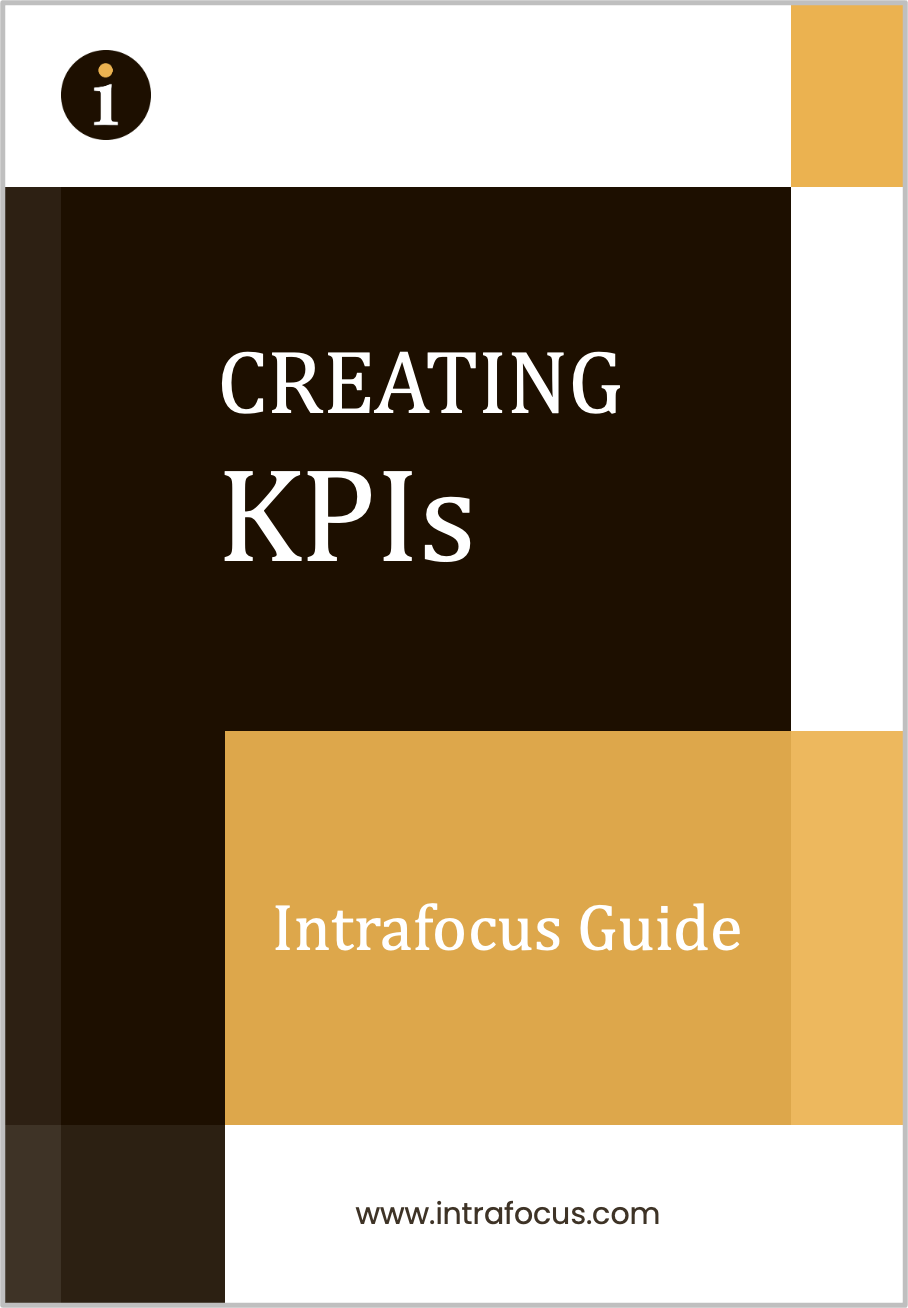Strategic Process: Vision and Mission
In this article series, we will be going ‘back to basics’ and examining the five different elements of the organisational strategic process. These elements – at their most basic – are vision, mission and goal setting, research and analysis, formulation of objectives, actual implementation and evaluation and control.
A strategy should succeed where each of these five elements of the strategic process fully exists and when they are executed in a full and timely fashion. The first step is to examine the definition, role and importance of the strategy’s vision and mission, defined as:
1. Vision – what the organisation aspires to be
2. Mission – who the organisation is, and what needs to happen next to reach its intended position.
These fundamental, foundation questions must be asked and clarified by the decision-makers of the organisation before any work begins on planning or tactical implementation. Too often, businesses launch into tactics in a bid to make rapid progress – and then belatedly realise that the strategy sponsors and stakeholders had varying ideas of what the vision and mission actually were; a recipe for disaster!
Tools to start the strategic process
Beginning a strategy can be a daunting process, even for the most experienced of businesspeople. Happily, robust academic and industry-proven tools exist to provide structure, rigour and guidance to each element of the required steps. These include the Balanced Scorecard which is used successfully by over half of all large companies in Europe and the US for strategic management initiatives.
Defining the company vision
The company vision will seek to define the company’s intended direction of travel and the underpinning values that will guide it. It has a focus on the future, defining the purpose of the company by explaining what it exists to deliver or achieve. Because the vision statement is profound and core to the entire organisation and the beliefs that shape it, it should rarely need to be changed. Some companies will include their core values within their vision. Any values list should be no longer than five items and be specific. Remember that the vision will influence the organisation’s culture and provide direction. It needs to be easily communicable and understandable – make it brief, clear and easy to share.
Defining the company mission
The mission works with the vision to describe the company purpose – what it exists to do and what its objectives are. However, it takes the definition to the next stage by describing the strategic goals and practical steps required to get there.
The mission is therefore practical, goal-oriented and concrete in nature, with measurable objectives. Its purpose is to ensure that every person working in the organisation can assess whether their daily activities serve the overarching mission. It is also a mix of future focus, combined with the current practical goals required to get there.
When created, the mission statement is typically shared internally with all stakeholders, which means it should be short. In fact, within some organisations, it will even be just one sentence. Over time, it can be modified – but it must always support the broader vision and values.
Who creates the vision and mission?
Each organisation will have its own approach. Some will hold a strategy workshop with business leaders and decision makers and then engage with employees across the organisation to offer feedback and suggestions. Others will include front-line and functional staff representatives at the workshop stage itself.
Linking vision and mission with the corporate strategy
By defining vision and mission, it becomes easier to see their fundamental role in strategy. Strategy exists to achieve the mission, which in turn is the practical, goal-led embodiment of the organisation’s vision.
Company strategies will include a mix of mid to longer-term goals and define the plan to achieve these goals – adjusting over time in response to changing market and internal conditions. Any strategy must always have a clear and obvious link back to both vision and mission, however.
Once crafted and agreed by decision-makers, the next step is to move on to research and analysis. We’ll cover this in our next article. In the meantime, find out more about the strategic process and download our free Strategy 101 guide.


